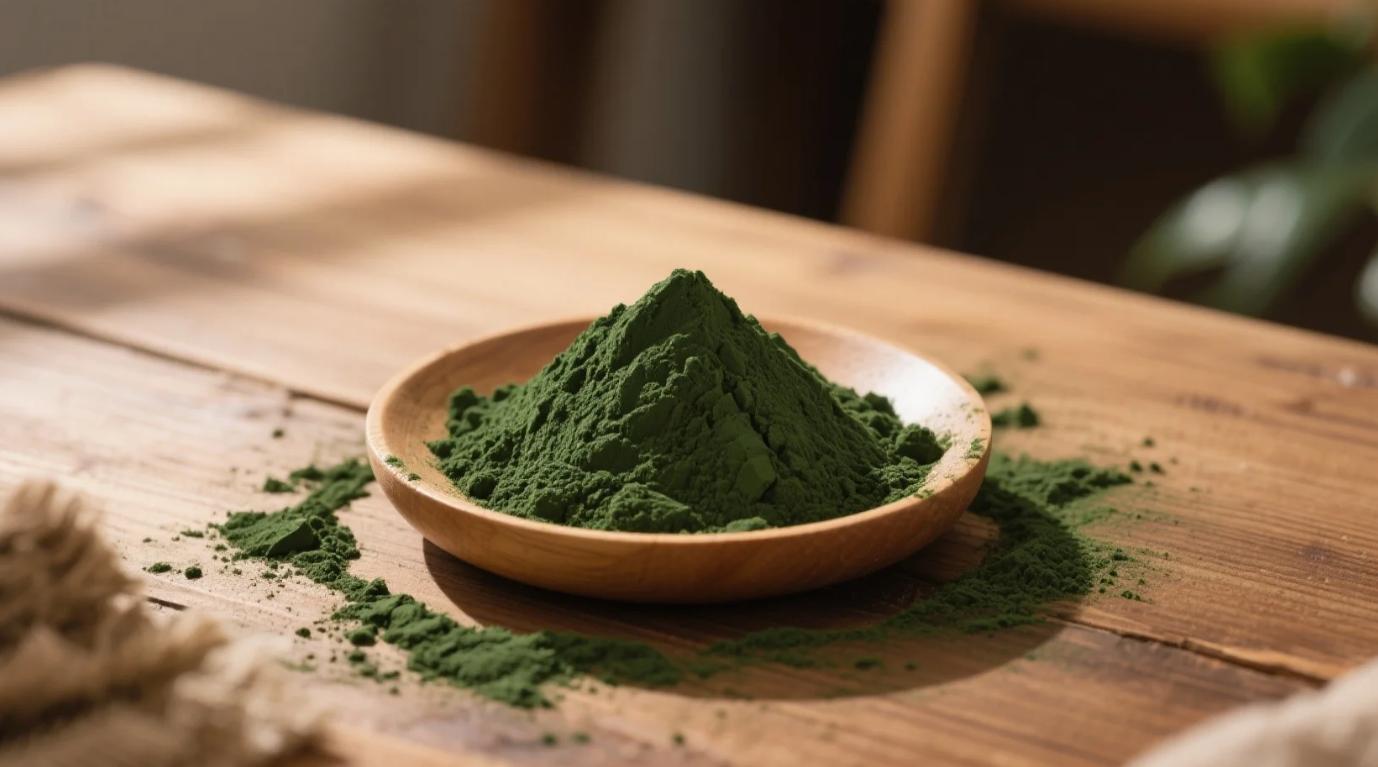Table of Contents
Sugar can bring sweetness and disease. The food and beverage industry is setting off an unprecedented sugar reduction storm. How to reduce sugar scientifically and reasonably has also become the core of product development.
Among the current common sugar substitutes, artificial synthetic sweeteners have been controversial due to safety issues. According to a new study by Ben Gurion University of the Negev (BGU) in Israel, among the six artificial sweeteners approved by the FDA, There are at least three aspartame, sucralose and saccharin may disrupt the intestinal microbial balance.
Among the several natural sweeteners currently sought after, erythritol has insufficient supply and tolerance problems. Steviol glycosides have been criticized for their taste and after-bitterness. Mogrosides are also expensive due to supply chain problems. Scale application. There is still a long way to go to find a perfect sugar substitute.
Since the FDA took the lead in excluding allulose from the labels of “added sugar” and “total sugar” in 2019, scholars have turned their attention to rare sugar. Rare sugars are naturally present in plants in nature. Compared with the abundant glucose and fructose in nature, they are very scarce and there are about 50 species.
Although it is also sugar, it has the same properties as sugar, but rare sugar has a slower intestinal absorption rate, lower calories, does not cause blood sugar and tooth decay, and has a prebiotic function.
Recently, a study conducted by the University of Toronto conducted a large-scale experiment on the health benefits of rare sugars and selected five rare sugars: allulose, isomaltulose, L-arabinose, tagatose, and seaweed sugar.

Allulose
Allulose is an epimer of fructose, found in wheat, raisins, dried figs and brown sugar. Mainly have the following characteristics:
Help reduce blood sugar and lose weight
The sweetness of allulose is about 70% of that of sucrose, but its calories are only one-tenth of that of sucrose.
Dalulose is a weak inhibitor of α-glucosidase, α-amylase, maltase, and sucrase, and can inhibit the metabolism of starch and disaccharides in the gastrointestinal tract. At the same time, allulose releases GLP-1 (glucagon-like peptide-1). GLP-1 reaches the brain through the bloodstream. It acts on receptors in these brain regions, which can lead to decreased appetite and increased satiety. Has a weight loss effect.
Animal studies have also found that psicose can inhibit the increase in blood sugar, increase insulin sensitivity and reduce the risk of type 2 diabetes by protecting pancreatic beta cells.
Good taste
In terms of taste, allulose has a soft and delicate sweetness and has a pure sweetness that is very similar to high-purity sucrose. The initial stimulation speed to taste buds is slightly faster than that of sucrose, and there is no bad taste during and after eating. Its sweetness will not change with temperature, and it can show pure sweetness at various temperatures.
High security
Allulose is regarded by European and American scholars as to the best substitute for erythritol. The sweetness of the two is similar, but it is safer than sugar alcohol and has a greater tolerance. In addition, psicose does not use chemical synthesis. The general preparation method is that fructose extracted from corn or sugar beet is made by enzymatic epimerization method, which is a natural sweetener.
Help improve product quality
Allulose and egg albumin can not only form a better cross-linked structure through Maillard reaction, improve the texture of food, but also generate substances with higher antioxidant effect, which can reduce oxidation loss during food processing and storage. . Using allulose to partially replace sucrose in cakes can produce a large amount of antioxidants through Maillard reaction, thereby improving the quality of cakes, making it an excellent alternative to sucrose in baking applications.
The structure and properties of psicose are also extremely stable, with strong chemical inertness, and can maintain its original state under acidic or alkaline conditions. Its stability is higher than that of sucrose. It is convenient to apply to various nutrient-rich, In foods with complex sources of raw materials.
In the first half of 2019, only 20 new products in the United States contained allulose, but 54 new products contained sweeteners in the second half of 2019, which increased to 86 in the first half of 2020 and 107 in the second half of the year. The main categories of psicose used are tabletop sweeteners, frozen desserts (dairy and non-dairy products), dietary supplements, candies, and snack bars.
Allulose is used in combination with soluble corn fiber and stevia, which is especially suitable for baked goods and sweets. It can not only reduce sugar and calories, but also meet consumers’ expectations for taste and texture.
Isomaltulose
Isomaltulose is a kind of natural rare sugar found in sugarcane, honey and other products. Its sweetness is about 42% of that of sucrose. It has a pure sweetness and is basically the same as sucrose without a bad aftertaste. As a new type of sugar substitute, isomaltulose can oxidize more fat while providing stable and continuous energy, so it is very suitable for use in sports nutrition products. Mainly have the following characteristics:
Slowly release energy and low glucose
The common carbohydrates in most sports foods are mainly a mixture of maltodextrin, glucose and fructose. They can release glucose into the blood very quickly. Although they can immediately replenish energy, high-glycemic carbohydrates are important for the pursuit of endurance training. It is not an ideal choice for consumers who do daily exercise or want to maintain a stable energy level throughout the day.
Isomaltulose can release energy completely and slowly, continuously providing glucose to the body, thereby maintaining a stable blood sugar level and helping to increase fat burning rate. At the same time, its calorie content is only half of sugar, and it is not easy to be decomposed and absorbed in the human body, and it is not decomposed and used by most microorganisms. , To maintain the microecological balance of the intestinal tract, is conducive to the health of the human body, and is an ideal weight management ingredient.
The beneficial effect of isomaltulose on blood sugar levels and insulin response has been confirmed in various human clinical studies and in all populations, including healthy people, diabetic people, people who are pregnant and overweight can consume it to control sugar.
High tolerance
At present, many sugar substitutes added in sports nutrition products, such as sorbitol, xylitol, maltitol and many oligosaccharides, such as excessive consumption will cause discomfort such as abdominal distension, bowel, diarrhea, but the human body is The sugar tolerance is very large, and the daily intake of 50g will not cause gastrointestinal discomfort. Therefore, after the review and approval of the FAO/WHO Joint Food Additives Expert Committee, the daily intake of isomaltulose is not required.
Helps improve concentration
In recent years, some studies have found that after consuming isomaltulose, the brain’s concentration time is much longer than that of sucrose, and its soothing effect on mental stress is also much stronger than consuming sucrose, which makes it very suitable for people who need high concentration. competitive sports.
High stability
Isomaltulose has extremely low hygroscopicity, and its low caking risk can be easily made into beverages or other types of products. In addition, isomaltulose is a polysaccharide, has no reducibility, is very stable, does not hydrolyze under strong acid and alkali conditions, does not produce pigments at high temperatures, and does not chemically react with other ingredients in food. , Can not be used by most microorganisms, has a longer shelf life than other similar products, even if sold in a hot and humid environment, the product can maintain high stability.
L-arabinose
L-arabinose is a common component of plant cell walls and the main component of hemicellulose in cereals. It was approved as a new food raw material in 2008 (No. 12 of 2008). There is no limit on consumption, and it cannot be used in infant food. L-arabinose cannot be metabolized in the human body, it can inhibit the hydrolysis of sucrase, and is also called “sucrose blocker”.
Inhibit the absorption of sucrose
L-arabinose can inhibit the activity of invertase in the small intestine and has a blocking and inhibitory effect on the metabolic conversion of sucrose. Adding arabinose in a certain proportion before meals can inhibit the absorption of 70% of sucrose by the body and improve glucose tolerance. Therefore, arabinose Sugar can suppress the increase in blood sugar and insulin concentration caused by the intake of sucrose.
Regulate the intestinal flora
L-arabinose is not absorbed by the human body in the intestinal tract, nor is it used by harmful bacteria. It is only used by bifidobacteria, which can proliferate probiotics in the intestinal tract and promote the health of the human intestinal tract.
Moreover, sucrose in the intestine is inhibited by arabinose, and the part of sucrose that is not broken down into glucose and fructose cannot be absorbed by the small intestine. After reaching the large intestine, it will cooperate with arabinose to promote the growth of lactobacilli and can be absorbed by the large intestine. The microbes in the plant decompose into a large number of short-chain organic acids, these organic acids have an inhibitory effect on the synthesis of fat in the liver, so as to achieve the effect of fat reduction.
Tagatose
Tagatose has a similar structure to psicose and is also an “epimer” of fructose. It is found in small amounts in fruits, cocoa and dairy products. As a functional monosaccharide, tagatose has many advantages in energy metabolism, lowering blood sugar, improving intestinal flora, and anti-caries. In 2014, the National Health and Family Planning Commission approved tagatose as a new food raw material, which can be used in foods other than infant food.
Low calorie
Animal experiments show that tagatose consumes more energy in the metabolic process than the available energy it releases, does not cause fat precipitation, provides much less energy than sucrose and has a glycemic index of only 3.
Lower blood sugar
Tagatose promotes the transfer of glucose to glycogen by promoting the activity of glucosidase and reduces the blood sugar level in the liver. It can also inhibit the digestive enzymes of carbohydrates in the small intestine, thereby inhibiting the absorption of carbohydrates in the body. Clinical studies have shown that tagatose can significantly reduce the blood sugar levels of healthy people, pre-diabetes, and fasting glucose-impaired people, and has the function of lowering blood sugar.
Improve intestinal flora
80% of the tagatose ingested by the body cannot be absorbed by the small intestine. This part of the tagatose that is not absorbed is fermented and utilized by some microbial flora in the colon, which promotes the growth of beneficial bacteria, inhibits the growth of harmful bacteria, and can significantly improve the intestines. Tao flora.
Anti-caries
Studies have found that tagatose cannot be used by microorganisms in the oral cavity, does not lower the pH of dental plaque, and therefore does not cause dental caries. Tagatose has good effects in inhibiting dental plaque and eliminating bad breath. It can be used in various oral health products, such as toothpaste and chewing gum.
Trehalose
Trehalose is a disaccharide formed by the bonding of two glucoses. The sweetness of trehalose is 45% of that of sucrose, and the sweetness is moderate.
Trehalose is widely found in nature. It can be found in ancient animals and plants such as blue-green algae and insects. It can help organisms survive harsh and water-free environments. Because trehalose has stability, acid resistance and better hygroscopicity, it is very suitable for baked goods, and has the following characteristics:
Will not change color
Trehalose has non-reducing properties. When coexisting with amino acids and proteins, browning reaction (Maillard reaction) will not occur even if heated. It is suitable for foods that need to maintain a pure color after high-temperature baking.
Water retention
Trehalose has a strong water holding capacity, which can firmly lock the water in food, prevent water loss, and slow down the growth of bacteria. Therefore, trehalose is very suitable for making foods that are rich in moisture and can extend the shelf life.
Prevent starch aging
Because trehalose has the effect of preventing starch aging, it is effective for baked foods, especially foods that require refrigeration.
Prevent protein denaturation
Trehalose has a good effect on preventing protein denaturation under high temperatures or drying. In baked goods containing high protein, it can effectively prevent the deterioration of nutrition.
Inhibit lipid rancidity
Oils and fats are oxidized and decomposed during high-temperature baking, which will produce undesirable flavor substances such as peroxides and volatile aldehydes. Trehalose protects fat from being oxidized and decomposed by interacting with unsaturated fatty acids and inhibits the qualitative changes caused by the acidification of fats.

